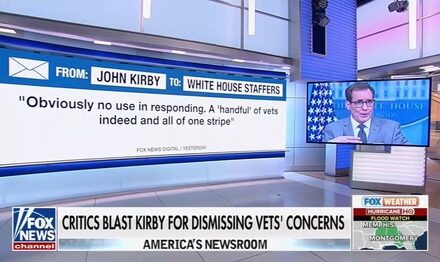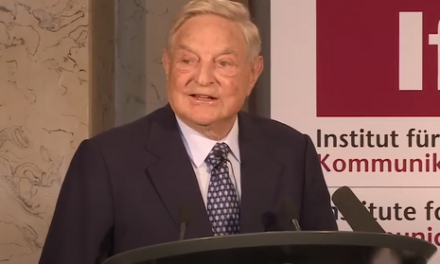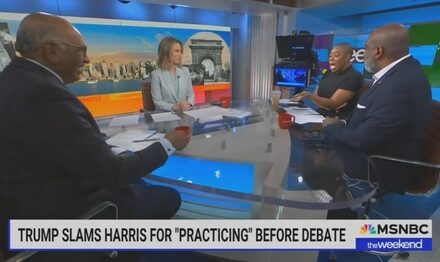We support our Publishers and Content Creators. You can view this story on their website by CLICKING HERE.
On Tuesday’s front page, The New York Times highlighted White House correspondent Peter Baker’s “news analysis” on the attempted assassination of Donald Trump, headlined: “The Anger That Defines And Threatens Trump Outrage Dominates Political Landscape.”
Yet somehow, the second attempted assassination of Trump (nine weeks after the first!), at his golf course in West Palm Beach, didn’t even make Baker’s first paragraph. Instead, Baker front-loaded the piece with the “dogs and cats” claim to hint to his readers that Trump’s rhetoric on Haitian immigrants was responsible for the attempt, not the non-stop vilification of Trump by liberals. The Times also posted a video of Baker that opened with him saying “Donald Trump has long been seen as an instigator of political violence.“
The online headline spread the blame around to include “anger stirred by” Trump himself, as if he was partially to blame for his own attempted murder: “Trump, Outrage and the Modern Era of Political Violence — The latest apparent assassination attempt against the former president indicates how much the American political landscape has been shaped by anger stirred by him and against him.”
Within days of former President Donald J. Trump vilifying immigrants on national television with false stories about Haitian migrants eating pet dogs and cats in an Ohio town, someone began threatening to blow up schools, City Hall and other public buildings, forcing evacuations and prompting a wave of fear.
(Baker skipped Ohio Gov. Mike DeWine’s statement at a news conference Monday that the hoax bomb threats had come from overseas, not from disgruntled Trumpers: “We have people, unfortunately overseas, who are taking these actions. Some of them are coming from one particular country,” he said, not specifying the country to which he was referring. “We think that this is one more opportunity to mess with the United States, and they’re continuing to do that. So we cannot let the bad guys win.”)
Baker seemed pretty copacetic, shrugging off the latest assassination attempt on a former, perhaps future Republican president, as just a sign of the times. There were no silly pseudo-scholarly mentions of “stochastic terrorism” here, as the Times has previously done when trying to blame anything bad that happens in America on Republican (and specifically Trumpian) rhetoric, no matter how tenuous the connection.
And so it goes in 2024. In the space of less than a week, the once and possibly future commander in chief was both a seeming inspiration and an apparent target of the political violence that has increasingly come to shape American politics in the modern era. Bomb threats and attempted assassinations now have become part of the landscape, shocking and horrific, yet not so much that they have forced any real national reckoning.
After years of blaming every awful incident on Trump rhetoric, Baker seemed puzzled by Trump turning the same accusations upon his own political enemies.
Mr. Trump, who as recently as last week’s debate with Ms. Harris blamed Democrats for the shooting at a rally in Butler, Pa., that struck his ear in July, attributed Sunday’s attempt to the president and vice president as well, arguing that the arrested suspect was acting in response to their political attacks.
Baker briefly admitted that “Trump’s critics have at times employed the language of violence as well, though not as extensively and repeatedly at the highest levels.” But he sounded hopeful that the second assassination attempt on Trump would soon be forgotten (how convenient for the Democratic Party not to be on the defensive during election season) because “political violence has become a part of modern American culture.”

 Conservative
Conservative  Search
Search Trending
Trending Current News
Current News 





